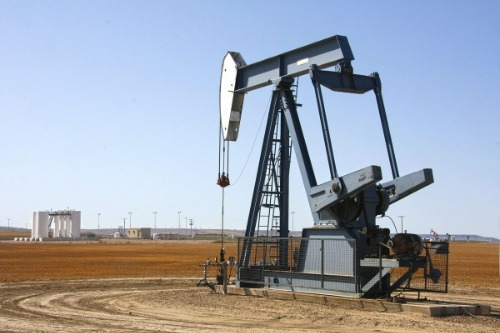3 TRENDS IN THE OIL AND GAS INDUSTRY TO WATCH OUT FOR

Over the last decade, new technologies and advancements have made their way into the oil and gas industry. Tools and software have been created and improved to make finding, estimating and producing oil and gas a lot easier. As the industry continues to adapt to the ever-advancing world we live in, individual companies are making sure they’re staying up-to-date with trends to keep from falling behind.
Through digitalization, new technologies involving seismic imaging and the shift into renewable gas and low carbon energy, it is inevitable that the industry is going to evolve and experience big changes. Here are three major trends in the oil and gas industry that you should be looking out for:
1. The oilfield is turning digital.
Digitalization is occurring in all industries, and oil and gas is no exception. As data becomes more accessible, workers from various departments and even those in different geographic regions can have eyes on every project being worked on. This data-driven operating system can dramatically increase a company’s overall productivity.
With new software and technology continuing to develop, like artificial intelligence, augmented reality, drones and 3D printing, it is inevitable that these advancements are going to have an effect on the industry. Adopting some of these technologies into practice will give companies the opportunity to stay as productive and efficient as possible while pushing them to the head of the pack as they compete to be the best in business.
Along with these technological advancements, robots will be further incorporated in oil and gas applications. Robots are likely to be more prevalent in completing complex and repetitive tasks, such as connecting pipes and replacing broken machinery. Humans and machines are going to have to work and communicate with each other in a “no collar” workforce, or one that is driven by both human and machine power. Companies are going to have to reimagine their workforce organization to incorporate this trend and keep up with the fast-paced industry.
2. 4D seismic technology is maturing.
4D seismic imaging is used for mapping and interpreting potential hydrocarbon reserves. 3D seismic surveys are repeated over a time-lapse, creating a 4D image that can be used for tracking how an oil reserve will change over time. These high definition images provide accurate and reliable information about oil reservoirs that are crucial for the productivity of the industry.
Using the information provided by 4D seismic images, companies can make informed decisions about oil reserves and what changes can be expected over time. By mapping out the reserve, you can locate unproduced oil and find the most accessible vantage points for drilling, reducing extra costs and wasted time.
3. Renewable gas and low carbon energy will be a higher demand.
A major trend in the industry involves a shift from traditional oil and gas to renewable and low carbon energy. New fuel options such as biofuels, hydrogen, electricity and gas are becoming more important, especially in industries like transportation.
With focuses on environmental impact, global industries are beginning to search for cleaner mixes. Keeping the consumers’ interests in renewable energy at the forefront, companies are working to shift their business model to meet these demands and provide low carbon energy. Oil and gas companies are taking big steps to remain reputable in the industry and adapt to the world as it changes focus.
Want to learn more about what’s trending in the oil and gas industry?
We’d love to help you out. Give us a call at 1.800.333.7519 or contact us to speak with an ACI representative today.

